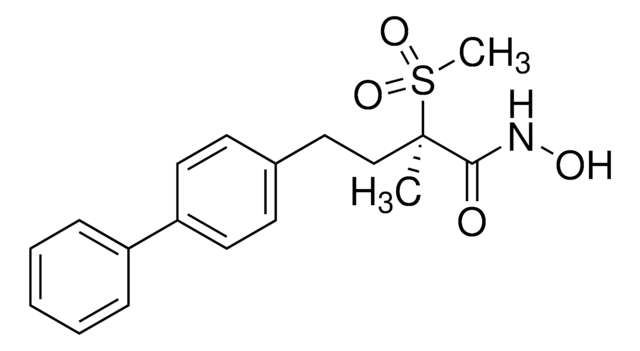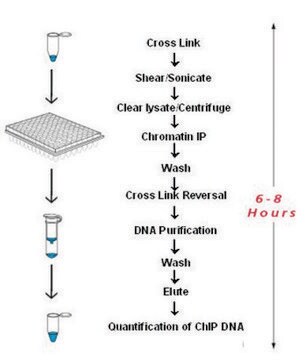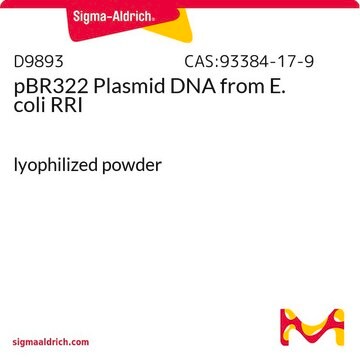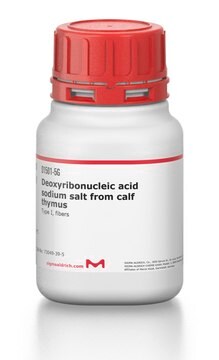S7323
14-3-3 Sigma histidine-tagged human
recombinant, expressed in E. coli, C-terminal, ≥90% (SDS-PAGE), buffered aqueous glycerol solution
Synonym(s):
14-3-3σ, Epitheliial cell marker protein 1, HME1, Makorin, ring finger protein 3, Mkrn3, Mmel, SFN, Stratifin, Tyrosine 3-monooxygenase/tryptophan 5-monooxygenase activation protein, sigma polypeptide, YWHAS
About This Item
Recommended Products
Biochem/physiol Actions
Physical form
Related product
Storage Class
12 - Non Combustible Liquids
wgk_germany
WGK 1
flash_point_f
Not applicable
flash_point_c
Not applicable
ppe
Eyeshields, Gloves, multi-purpose combination respirator cartridge (US)
Certificates of Analysis (COA)
Search for Certificates of Analysis (COA) by entering the products Lot/Batch Number. Lot and Batch Numbers can be found on a product’s label following the words ‘Lot’ or ‘Batch’.
Already Own This Product?
Find documentation for the products that you have recently purchased in the Document Library.
Our team of scientists has experience in all areas of research including Life Science, Material Science, Chemical Synthesis, Chromatography, Analytical and many others.
Contact Technical Service








